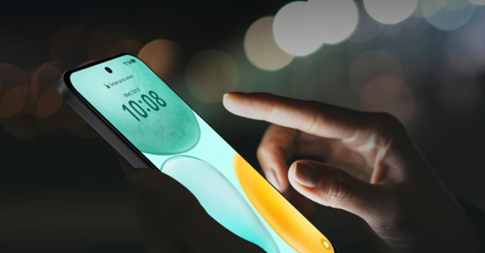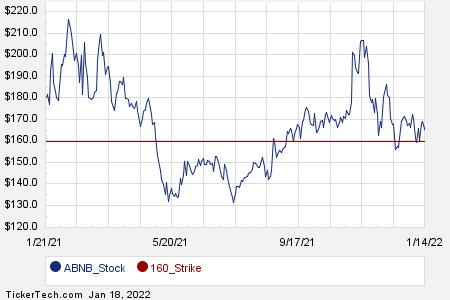What to Do When Your Phone Battery Is Swollen?
A swollen phone battery is more than just an inconvenience—it is a clear warning sign that demands immediate attention. Many of us rely heavily on our smartphones every day, from keeping in touch with loved ones to managing work tasks, which makes encountering a physical issue like a bulging battery particularly alarming. This swelling occurs due to gas buildup inside the lithium-ion battery, often caused by factors like overcharging, physical damage, or simply aging over time. Ignoring this problem can lead to potential risks, including leakage of hazardous chemicals, overheating, or in extreme cases, even fire. In this article, we will guide you through the essential steps to safely handle a swollen battery, how to recognize early signs, and why putting safety first is crucial.

Recognize the Signs of a Swollen Battery
Phone Back or Screen Bulging
One of the most obvious indicators of a swollen battery is a visible change in your phone’s shape. You might notice that the back cover of your device has started to protrude or no longer sits flat on a surface. Similarly, the screen may appear raised or separated from the body, which can sometimes be mistaken for screen damage. These changes often develop gradually, so it’s important to periodically check your device for any unusual physical distortions. Catching this sign early can prevent further damage and reduce potential safety hazards.
Device Overheating or Odd Smells
Another sign to watch for is unexpected overheating during normal use or even when the phone is idle. If your device feels unusually warm to the touch without heavy usage, it could signal internal battery trouble. Additionally, a faint chemical or sweet smell emanating from the phone might indicate that the battery is leaking gas or fluids. These symptoms should never be ignored, as they often precede more serious issues. Paying attention to these warning signs can help you take action before the situation becomes dangerous.
Immediate Safety Steps to Take
Stop Using and Power Down the Device
If you suspect your battery is swollen, the first and most critical step is to stop using the phone immediately. Continuing to use a device with a compromised battery can accelerate the problem and increase the risk of leakage or fire. Power down the device completely and avoid any attempts to restart it, as this minimizes electrical activity that could exacerbate the situation. Place the phone in a safe, stable location away from flammable materials while you decide on the next steps. Your quick response can significantly reduce the risk of personal injury or property damage.
Do Not Charge or Attempt to Pierce the Battery
It cannot be stressed enough—never charge a device with a swollen battery, as this can lead to excessive heat buildup and potentially cause the battery to rupture. Similarly, avoid puncturing, pressing, or trying to open the battery yourself, as this may release toxic substances or trigger a fire. Many people are tempted to investigate or fix the issue on their own, but doing so is extremely dangerous and should be avoided at all costs. Instead, keep the device away from high temperatures and moisture. Remember, your safety is far more important than saving the device.
Handle and Store with Extreme Care
When dealing with a swollen battery, proper handling and storage are key to preventing accidents. Place the powered-down device in a cool, dry area away from direct sunlight or heat sources, which can further destabilize the battery. It is advisable to put the phone in a non-flammable container, such as a metal box or a ceramic pot, to contain any potential leakage or fire. Avoid storing it near combustible materials like curtains, papers, or bedding. If possible, keep it out of high-traffic areas in your home to minimize the risk of accidental damage.
Seek Professional Help or Dispose Properly
Once the device is safely stored, consider your options for repair or disposal. Contact a certified technician or an authorized service center for advice—they have the expertise to handle swollen batteries safely and can often recommend whether repair or replacement is feasible. If the phone is older or repair costs are too high, proper disposal is essential; many electronics retailers or local waste facilities offer battery recycling programs. Never throw a swollen battery in regular household trash, as it poses serious environmental and safety risks. Following these guidelines ensures that you protect both yourself and the environment.

Conclusion
When it comes to swollen batteries, acting quickly and cautiously can prevent dangerous situations. Investing in a reliable device with a durable battery can help you avoid such problems in the long run. For example, the HONOR X6c is an excellent choice, featuring a 5300mAh battery that supports 35W supercharging and delivers over 4 years of lasting performance. Its dependable battery life ensures safety and reliability for everyday use. Ultimately, choosing a device with a robust battery not only enhances user experience but also prioritizes safety and long-term value.









